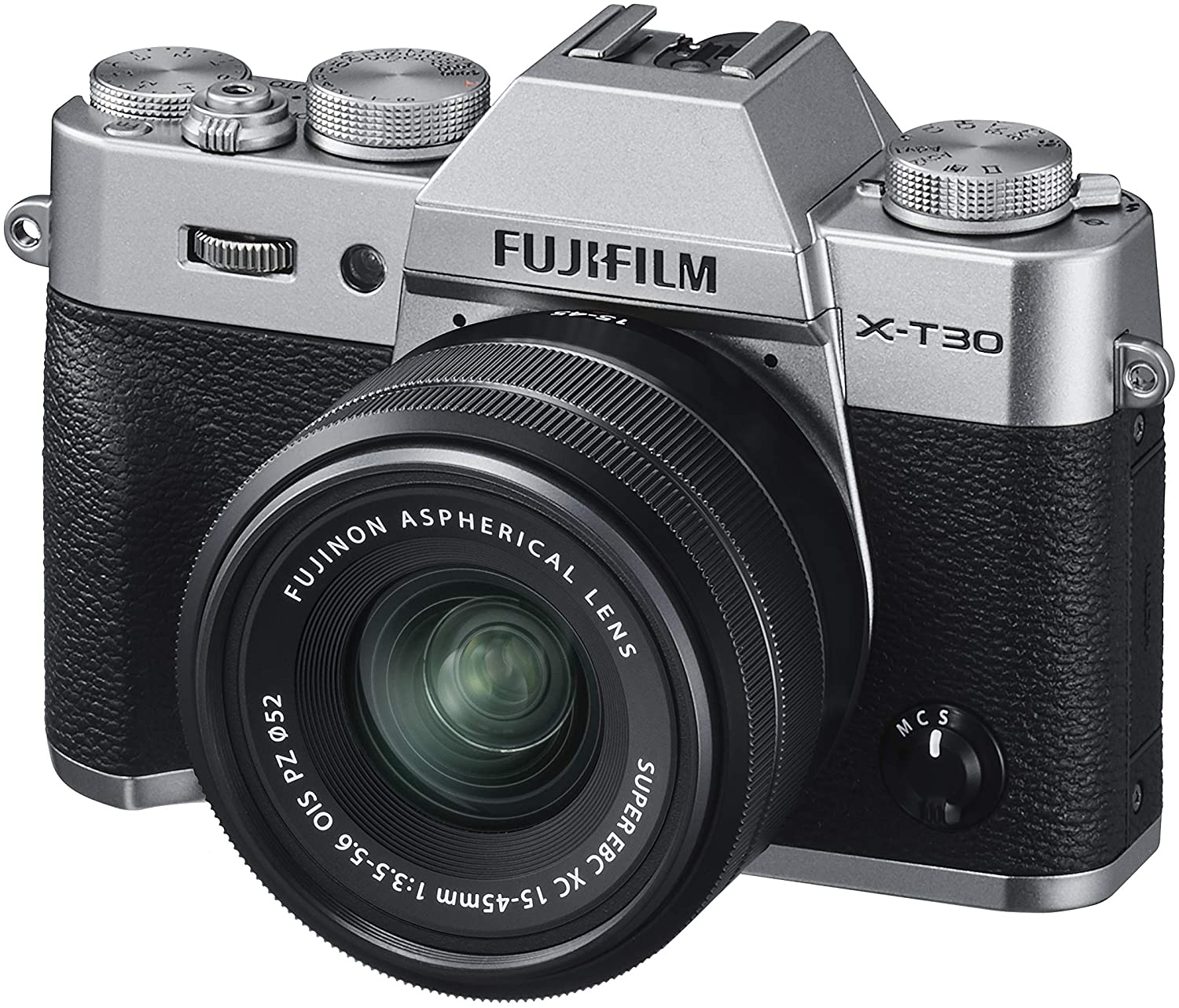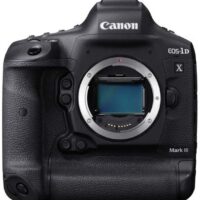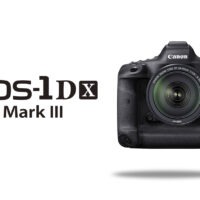A mirrorless camera can be intimidating for first-time users; nonetheless, there are models specifically designed for the benefit of beginners.
One example is the brilliant control and setting layout of Fujifilm X-T200. It is one of those units that highlights simplicity. It doesn’t have the lens aperture controls and external shutter speed. On the other hand, the other available dials and buttons are arranged perfectly that don’t look overcrowded.
The button layout, however, isn’t the only thing that will determine how efficient the mirrorless camera could be for beginners. You also need to check for the software capabilities of the mirrorless. This includes the AF system of the unit which can aid novice users in executing their shots. With this, the Dual Pixel CMOS AF of the Canon EOS M50 Mark II will certainly stand out, not to mention that it also now boats an eye detect AF function. Let us also not forget the efficient AF system of Fujifilm X-T30 with a total of 425 phase-detect points.
To get better insights about each of them, we asked the help of our SolidSmack Photography Editor Evangeline Summers. With her guidance, we tested and compared the mirrorless cameras to assure we would be able to underscore the best one for beginners. Nonetheless, besides the features that will allow ease of use, we also considered some other important factors that could affect your decision such as the 4K video availability and, most of all, cost.
Best Mirrorless Cameras for Beginners Comparison
Mirrorless Cameras for Beginners | Features |
4. Sony A6000 | |
1. Fujifilm X-T200





Fujifilm X-T200 is a brilliant mirrorless that blends simplicity and modernity in a compact body. It starts with the removal of more advanced buttons such as the lens aperture controls and external shutter speed. On the other hand, the placement of the remaining dials and other controls on the body of the camera will ease the anxiety of any first-time user. There’s even a quick menu that will give you the most regular camera settings. They don’t feel crowded and not in any way overwhelming in the eyes.
On the other side of the coin, Fujifilm didn’t forget to give X-T200 a few modern additions to keep it at the same level as other new models. This includes the bright electronic viewfinder with 2.36m dots and some function buttons that can be customized to complement your needs. The vari-angle LCD monitor is also capable of touch autofocus and touch shutter functions. Further, it has gained some great improvements if you would compare it to X-T100.
“Compared to its predecessor, X-T200 includes a lot of things X-T100 lacks such as the UHS card support, head port, webcam function, and eye-tracking focus,” Summers started. “Moreover, the focus points are improved from 91 to 425 points, the burst shooting is now at 8fps from 6fps, and the AE bracketing range is elevated from the previous ±3 EV to ±5 EV. Even the LCD gets a big change from 3" with 1.040k dots to 3.5” with 2.780k dots. And thanks to its vari-angle capability, delivering shots at the most awkward positions and angles can be done with ease.”
2. Olympus OM-D E-M10 Mark IV





OM-D E-M10 Mark IV is particularly made to address the flaws of its predecessor, the E-M10 Mark III, which made us fall in love with its release way back in 2017.
“There is no doubt that the market welcomed E-M10 Mark III warmly,” started Summers, “but it also received some disapproving comments from some users mainly because of its 16 MP sensor and problematic Continuous AF. This is the reason for the release of E-M10 Mark IV: to resolve the issues we used to experience from its predecessor.”
With this, Olympus fashioned the Mark IV with a sensor with a higher resolution that comes at 20 MP. This allowed Mark IV to meet the standard of the current mirrorless cameras. As for the autofocus, compared to Mark III, everything becomes faster. According to Summers, this could be a huge attraction for beginners as it means less effort on their end.
“The Continuous AF has received great improvement,” stated Summers. “The Face Priority AF has become more capable of following subjects efficiently even in the awkward positions of the subject’s head. Even the Eye EF can easily identify the subject’s eyes without any fuss and the response time is almost instant.”
The continuous shooting speed, on the other hand, can charm enthusiasts. From the 8.6fps mechanical shooting and 14fps electronic shutter shooting of Mark III, you can now enjoy up to 15.0fps with Mark IV’s Sequential Shooting Mode. At such speed, you won’t miss a beat.
The design of the LCD monitor that can flip down is also an inviting feature. It is great not just for beginners who might want to experiment with angles, but so as for vloggers who want to film themselves.
To make the M10 Mark IV more suitable for beginners, Olympus added the instructional videos on its Image Share app. The videos can be downloaded for offline viewing and though they aren’t the most detailed videos, it is still a good move from Olympus.
3. Canon EOS M50 Mark II





The EOS M50 is already considered a powerful unit with a very compact system. Yet, Canon released the EOS M50 Mark II to further push this small body to the limits.
EOS M50 Mark II is practically the same as its predecessor when it comes to most of its hardware: same dimensions (22.3 x 14.9 mm), same 3” fully articulated LCD with 1,040k dots, same viewfinder with 100% coverage, the same 24 MP APS-C CMOS sensor, and the same DIGIC 8 processor. This also means almost the same capabilities from ISO 100-25600, 10fps continuous shooting, and video resolution.
Nonetheless, according to Summers, there are also few additions that can make the experience of beginners better.
“Physically, it feels like you’re still using the original EOS M50,” said Summers. “But Mark II can perform better in terms of AF, thanks to the new eye detect AF. Now, the autofocus can lock on the eyes of the subject with precise movement tracking. And since it is using Canon’s Dual Pixel CMOS AF, the autofocus is fast and does a good job at keeping the details of the subject sharp.”
On the other hand, Summers said that the Mark II can last longer since it can shoot 70 more stills compared to its predecessor. This is something beneficial for beginners who need a reliable battery life that they can rely on as they explore the camera’s functions.
It is also capable of capturing 4K videos up to 25p. The thing about it, however, is that you’re stuck with the contrast-detect AF in case you push for this maximum resolution. Yet, M50 Mark II can still be a handy piece of video equipment due to its clean HDMI output. Combine it with the fully articulating LCD touchscreen and ability to do a live stream on YouTube, you have a very capable vlogging camera.
4. Sony A6000





A6000 has been around since 2014, so it is considered as one of the oldest members of the gang. Yet, there’s still a considerable number of reasons why it deserves its place.
Its body is relatively small compared to other models; nonetheless, the grip is well designed that you can hold it comfortably even with big lenses attached.
“There is a handful of controls on the body of the camera but what we love about it is how intuitive each one could be for beginners. No intricacies you’ll find in newer models. Most of them can be customized which means whatever kind of shooter you are, A6000 can suit your preferences,” said Summers.
As for the screen, you won’t get the touch function since it is an old model. Thankfully, it is still bright and can tilt to give you a good view when shooting in awkward positions. There is no 4K available in this unit which is unsurprising given the year of its release. Nevertheless, its 11fps burst can still impress present photographers.
Further, despite its compact camera system, A6000 surpasses expectations when it comes to stills.
“It is one of those small mirrorless models that can deliver sharp details,” said Summers. “Even the colors come out natural and moderately saturated. Even when compared to the stills of the modern camera models, the performance of the A6000 won’t disappoint. Perhaps, you can say this is where A6000 found the fountain of youth.”
Then again, why is it included as a good beginner mirrorless camera? It won’t satisfy you in terms of the latest feature trends. No 4K. No powerful AF. Just all the basics to get you started. But this is its main strength, making it a good option for beginners who don’t need the overwhelming complexities of mirrorless units for now.
5. Fujifilm X-T30





The X-T30 inherited a lot of good features from its siblings. This includes the layout and design of X-T20 and the effective X-Trans CMOS sensor of the X-T3. The good thing about the latter is that besides being proven of how efficient it is in X-T3, it is placed in a new body of X-T30 which is far more affordable. This is truly overwhelming since the X-T3 proved how excellent its dynamic range is, not to mention that it bears the brand’s famous color.
According to Summers, the processor also made it possible for X-T30 to have one of the best burst rates at this price point.
“Besides the 8fps burst with the mechanical shutter, you can enjoy up to 30fps of burst shots with no blackout using its electronic shutter. This should give beginners to have a powerful option without the need to break the bank,” she said.
Further, with the same processor as X-T3, you are probably expecting the same AF performance. Yet, Fujifilm decided to make a few adjustments to X-T30.
“It has 425 phase-detect points that are now well spread across the frame. The technology even allows customization and you can simply change the focus if there are two or more faces on the screen with just a tap on the screen. Overall, the AF is designed to deliver a smooth experience among users as it can do the tracking with great precision and speed. Yet, for more advanced users, the AF system can still be tailored further to complement the subject and for a more aggressive tracking,” said Summers.
There are also other big add-ons in X-T30 that could excite beginners in their first-ever mirrorless purchase. Compared to X-T3, the X-T30 now comes with video capabilities. Even better, it isn’t just any kind of video: it can shoot in 4K!
Best Beginner Mirrorless Cameras - Buyer's Guide
Having too many buttons on the body of the camera can be overwhelming for a novice user. This is why it is important to check the controls available in the camera and their layout.
The battery has always been an issue in mirrorless cameras. Compared to DSLR models, mirrorless cameras drain faster. With this, you might want to check how long the unit could last or how many stills it could take before the juice runs out.
The AF system will determine how smooth your shooting experience will be with your camera. While the contrast-detect system is precise, using it can be tedious. The phase-detect, on the other hand, offers a better experience due to speed. If it’s possible, look for a camera that uses a hybrid autofocus system that combines the two.
Keep in mind that the resolution is not the only thing that can affect the image quality. The size of the sensor matters, as well. The bigger the sensor, the better.
Best Beginner Mirrorless Cameras - FAQs
Yes. More and more mirrorless cameras now are being designed to produce quality videos. There are also others that come with clean HDMI output and can be used directly to create live stream content.
Generally, mirrorless cameras are lighter which can be an issue for users who are used to the weight and chunky body of DSLR models. They also have shorter battery life and limited access to lens selections.
The million-dot unit affects the quality of images on the viewfinder. So, it is advisable not to go lower than 2.36 million dots and get at least 3.69 million dots or higher.
Yes! Though some cheap mirrorless cameras have limited advanced features, you can learn a lot from them as a beginner. You can also use them with other lenses and this should allow your skills to grow. When you’re ready, you can always do an upgrade to more complex units that can offer you more functions.











